Your browser is out-of-date!
For a richer surfing experience on our website, please update your browser. Update my browser now!
For a richer surfing experience on our website, please update your browser. Update my browser now!
Tanjore, a small town in South India is inundated with legacies of the Chola, Nayaka and Maratha Kings. Many of these evidences are architectural in nature, ranging from temple complexes to smaller establishments like the chathrams. These rest-houses were commissioned by the Maratha Queens under the patronage of the Maratha Kings as establishments that provided shelter and food for devout pilgrims travelling along the Kasi-Rameshwaram route. Built predominantly in brick, these chathrams were constructed between 1749 and 1825, and are enveloped in a certain melange of styles that come through the tectonics and structure. There is history that inseparably shrouds the making of these chathrams, defining everything from the structural details to the motifs adorning the surfaces and everything in between this spectrum. This is implicational of the broad historical backdrop of this time in history that defines the architectural tectonics, visuality and the materiality of these chathrams. Due to their patronage, these chathrams are categorised as pioneering examples of South Indian “Maratha” architecture. This definitive term given to these chathrams – and any other built evidence of this time – is contestable, especially when the individual elements of the chathrams are isolated and traced back along both their local and global historic trajectories. There are tectonic and material implications to the influences that Tanjore was subjected to. By means of the patron king and his relations with the neighbouring kingdoms, there was a certain osmotic exchange of culture which generously borrowed from previous built examples in the abutting geographies, along with other intangible dynamics between the kingdoms and its people. The course of architectural elements that adorn the chathrams, materials and methods of making across geographies and kingdoms to reach Tanjore where they then took on the local characteristics of architecture and making – contributed to by the historical, socio-political and economic factors, craftsmen and technology available – created several overlaps within themselves which manifested as the stylistic intersections that are today, reductively known as “Maratha” architecture of South India. Using Stylistic Intersections as its primary lens of studying the chathrams of Tanjore, events that have transpired in history will be located and connections will be drawn in an attempt to scrutinize the processes of making and the tectonics of building in these structures. The narratives that surround the chathrams and the colloquial binary of local and foreign through which they are located in architectural history will be studied. Through this essay, the meta-narrative in architectural discourses concerning the identity of the local, and the specificities of this semantic will be studied. It will attempt to question the validity of the “local” as just a product of this binary.
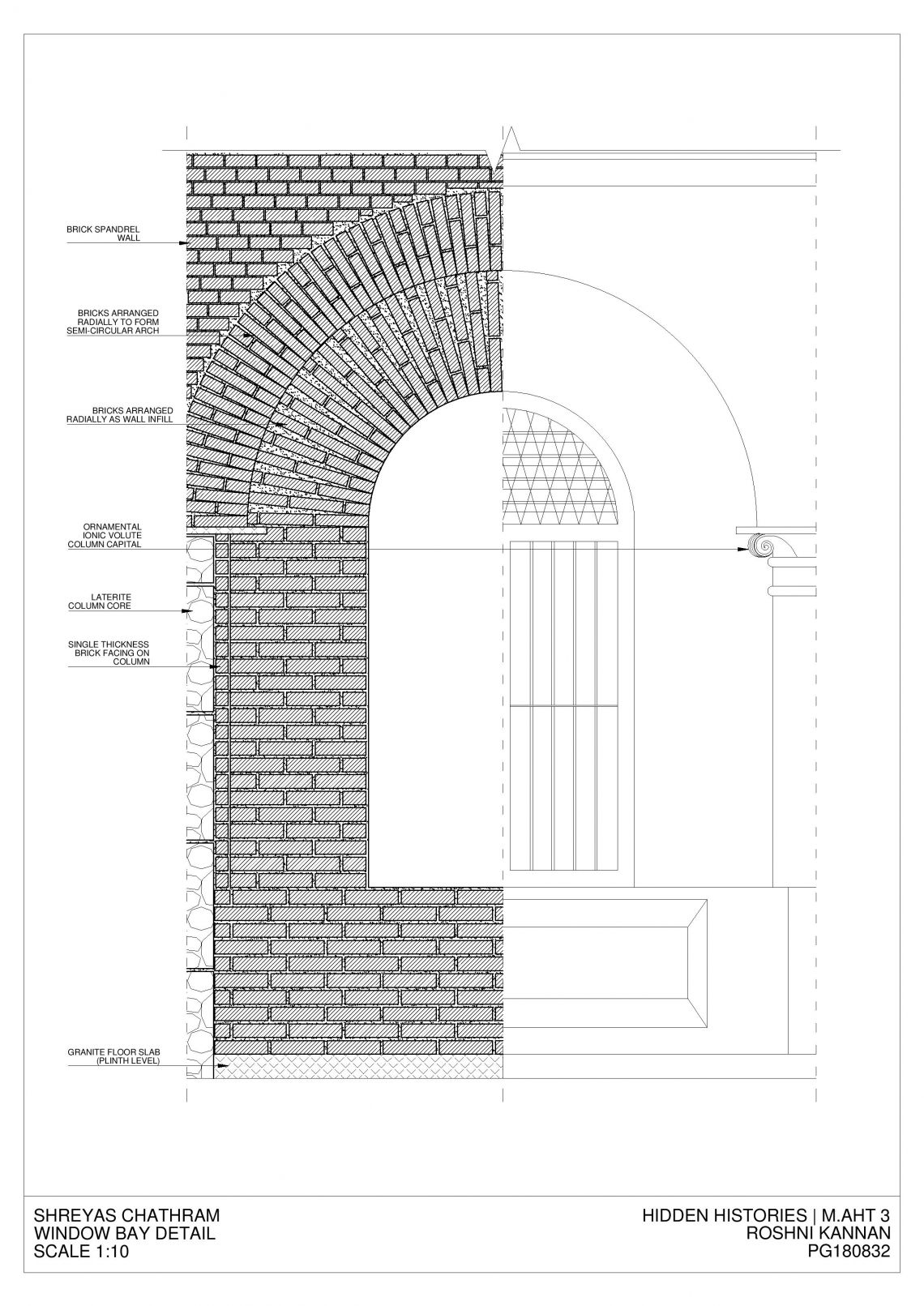
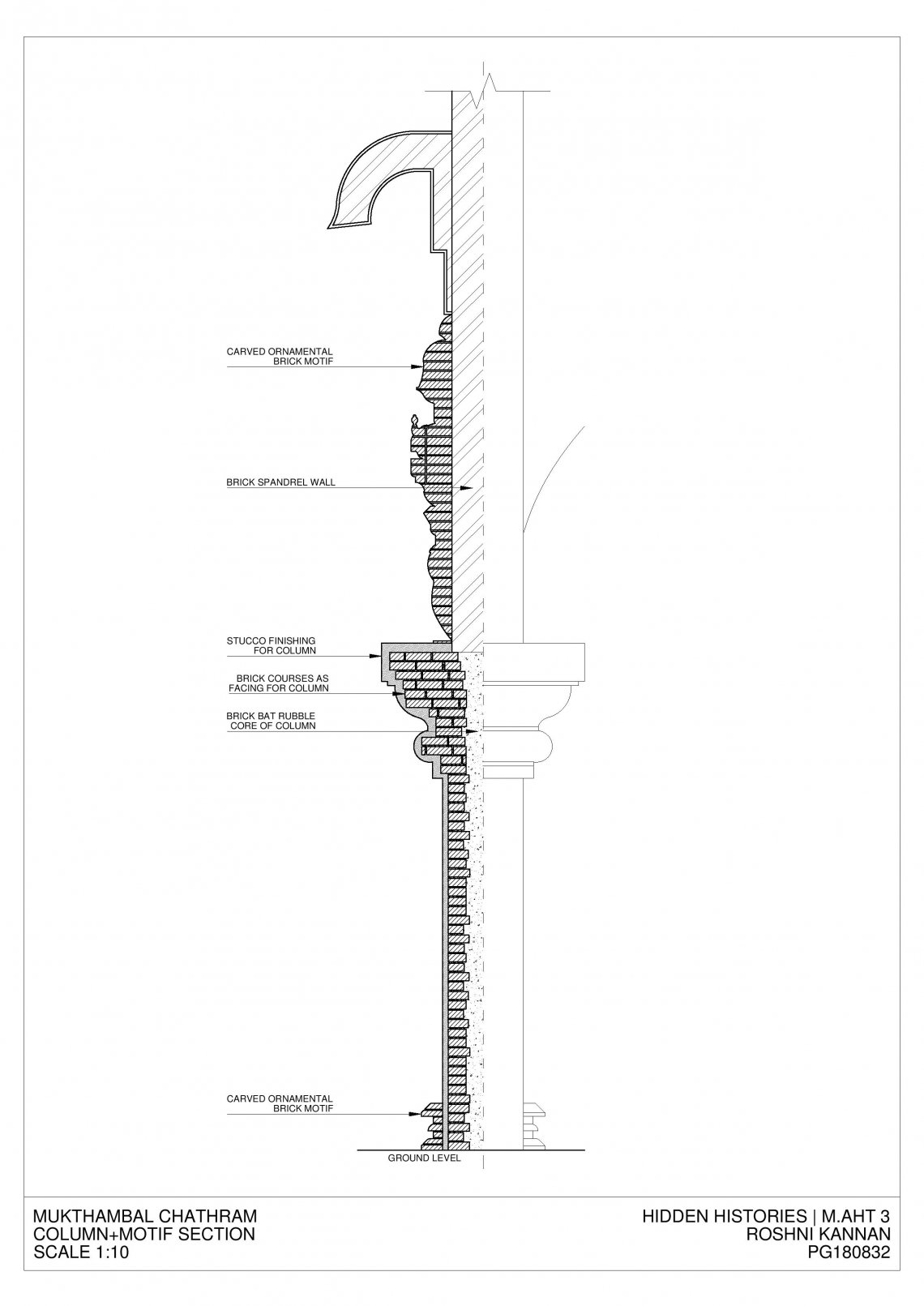

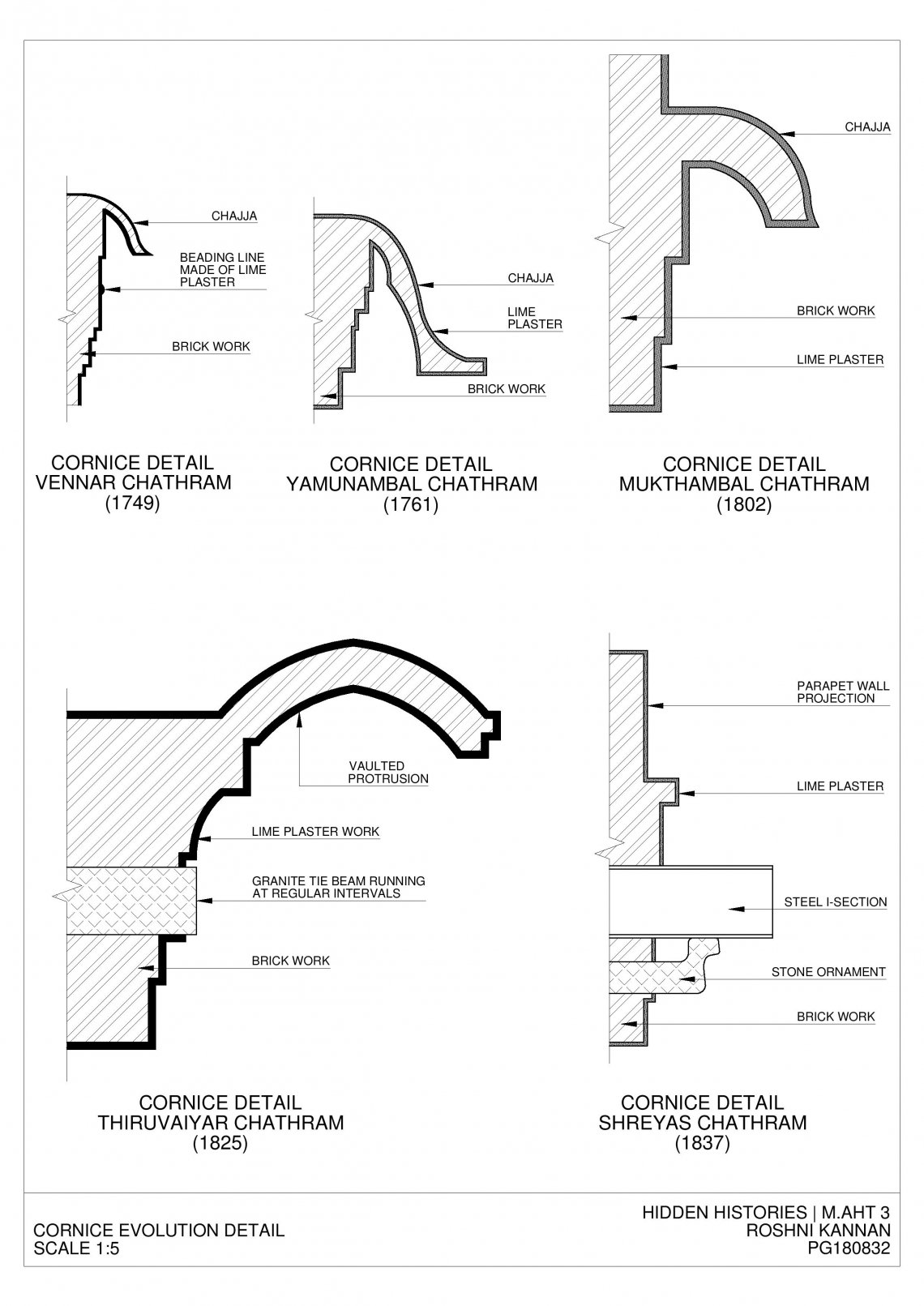
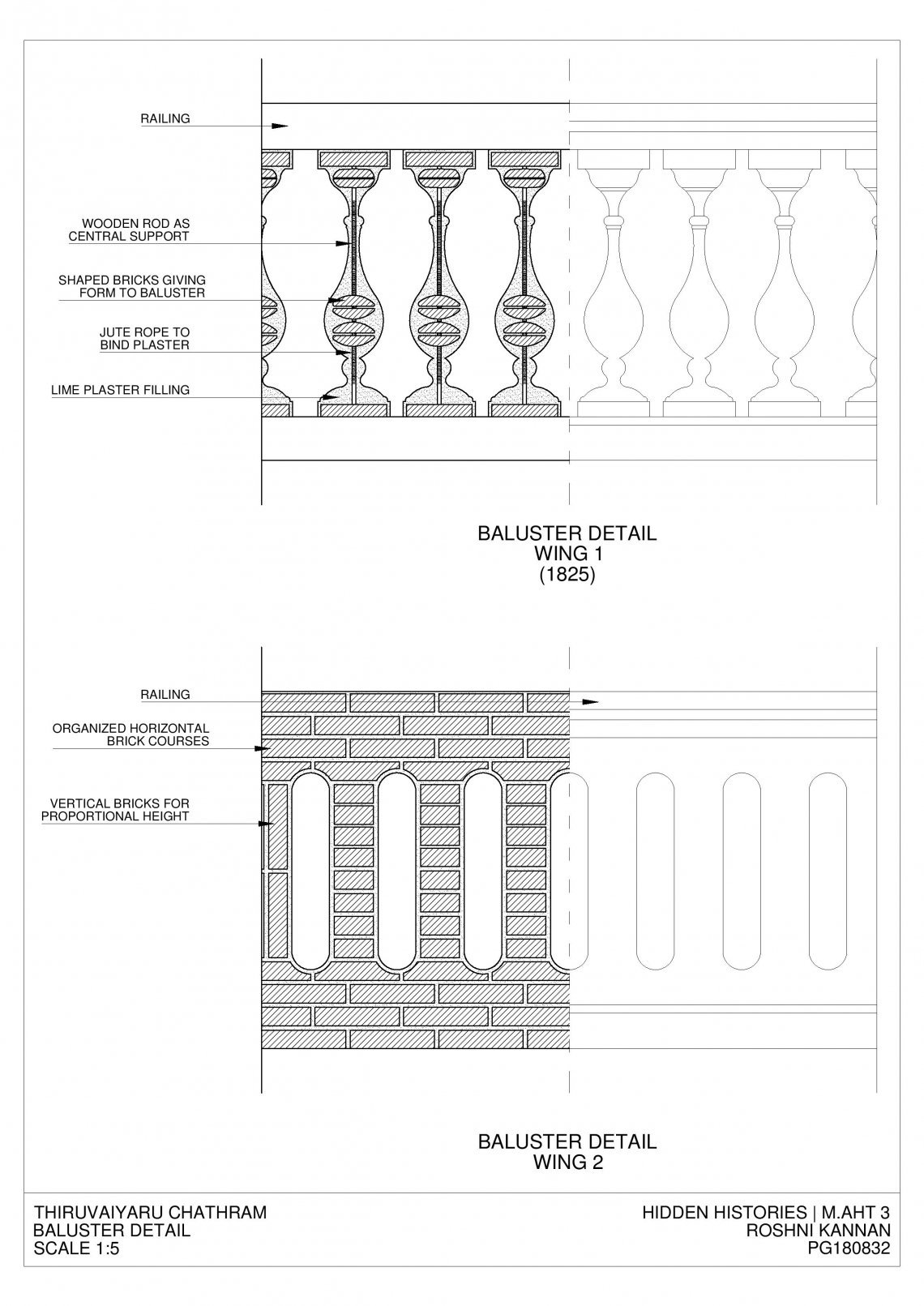
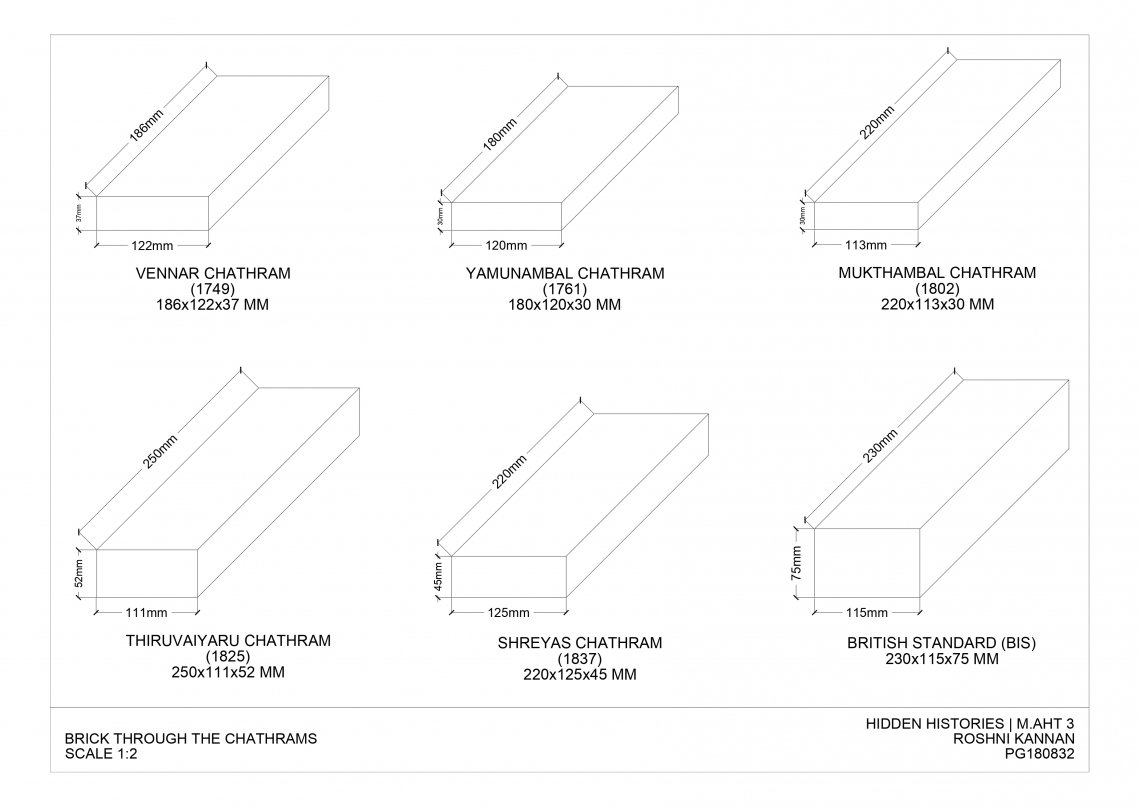
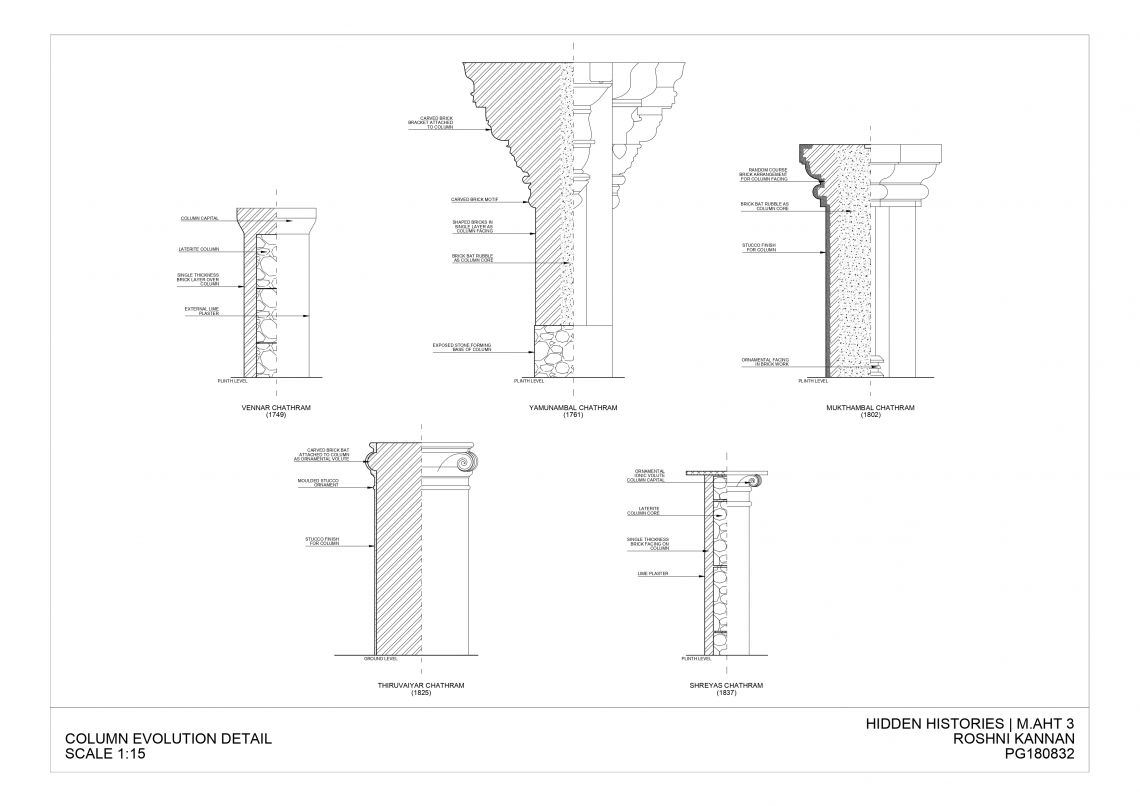
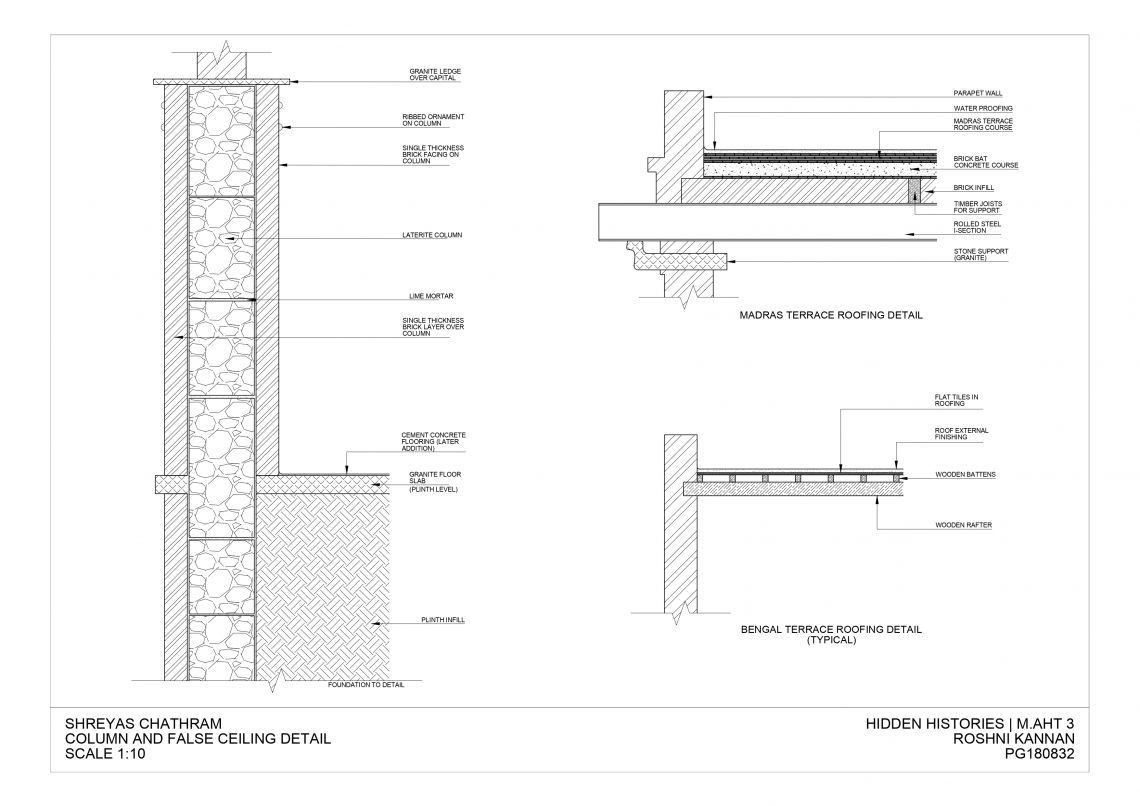
-page-001-min.jpg)